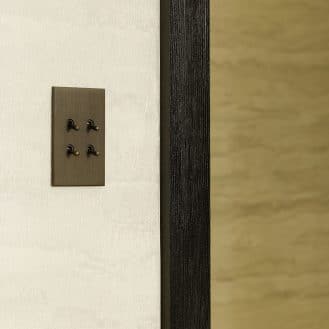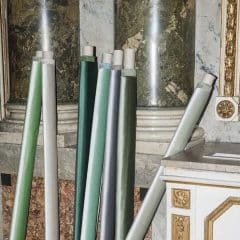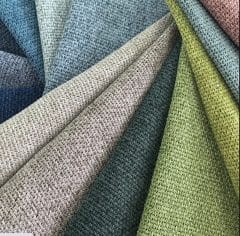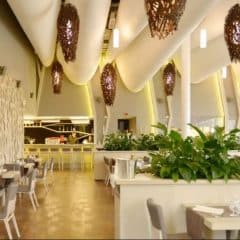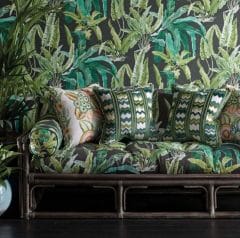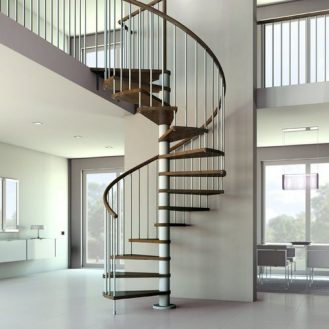Make sure the fabric you choose is suitable for your project and within your budget. Here are some of the main natural fabrics to choose from:

ELMO Natural Upholstery Leather
Cotton is inexpensive and widely available in a number of colors and patterns. Although it is durable, breathable and fade resistant, it can stain and crease. Favor organically grown cotton, as cotton is a plant that is often chemically treated.
Linen is more expensive, but more eco-friendly than cotton. Made from flax, it is easy to grow, resistant to bacteria, insects, disease, mold and mildew. Flax also uses less water and produces less waste than cotton production. As linen can be difficult to dye, it is often available in natural shades. Although linen is tough, it can be prone to staining, sun damage and creasing, making it more adapted to use in low traffic areas or for residential projects.
Wool is hard wearing as well as stain, flame, mold and mildew resistant. However, it is more expensive than other fabrics and usually dry clean only. It also has a limited number of available finishes and patterns.
Leather is hard wearing and easy to wipe clean, but is also quite expensive and might need special care products from time to time.
Silk is known for its luxurious feel and attractive appearance. However, it is expensive, prone to staining and hard to care for, so it is better for occasional use in high-end projects.
Here are some of the main synthetic fabrics:
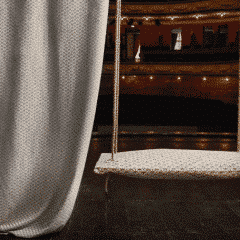
LUCIANO MARCATO polyester fabric
Polyester is hardwearing as well as stain, wrinkle and fade resistant and available in a wide range of colors and finishes. This means it is adapted to a wide range of professional and residential projects.
Polypropylene (or olefin) is a highly recyclable material that’s durable and easy to clean, sometimes used for outdoor fabrics
Viscose (or rayon) is an inexpensive material made from wood pulp. It can be used as imitation silk, velvet or chenille, but is not very hard wearing.
Acrylic is quick drying as well as fade and mildew resistant, making it a good choice for outdoor fabrics.
Nylon is abrasion, insect, mildew and wrinkle resistant but not very UV resistant.
For upholstery fabrics being used in commercial or high traffic settings, favor robust materials that are crease, stain and wear resistant. While it is possible to have fabrics made 100% from one material, many are blended with other materials to improve the finish, robustness, ease of maintenance and reduce the cost.
